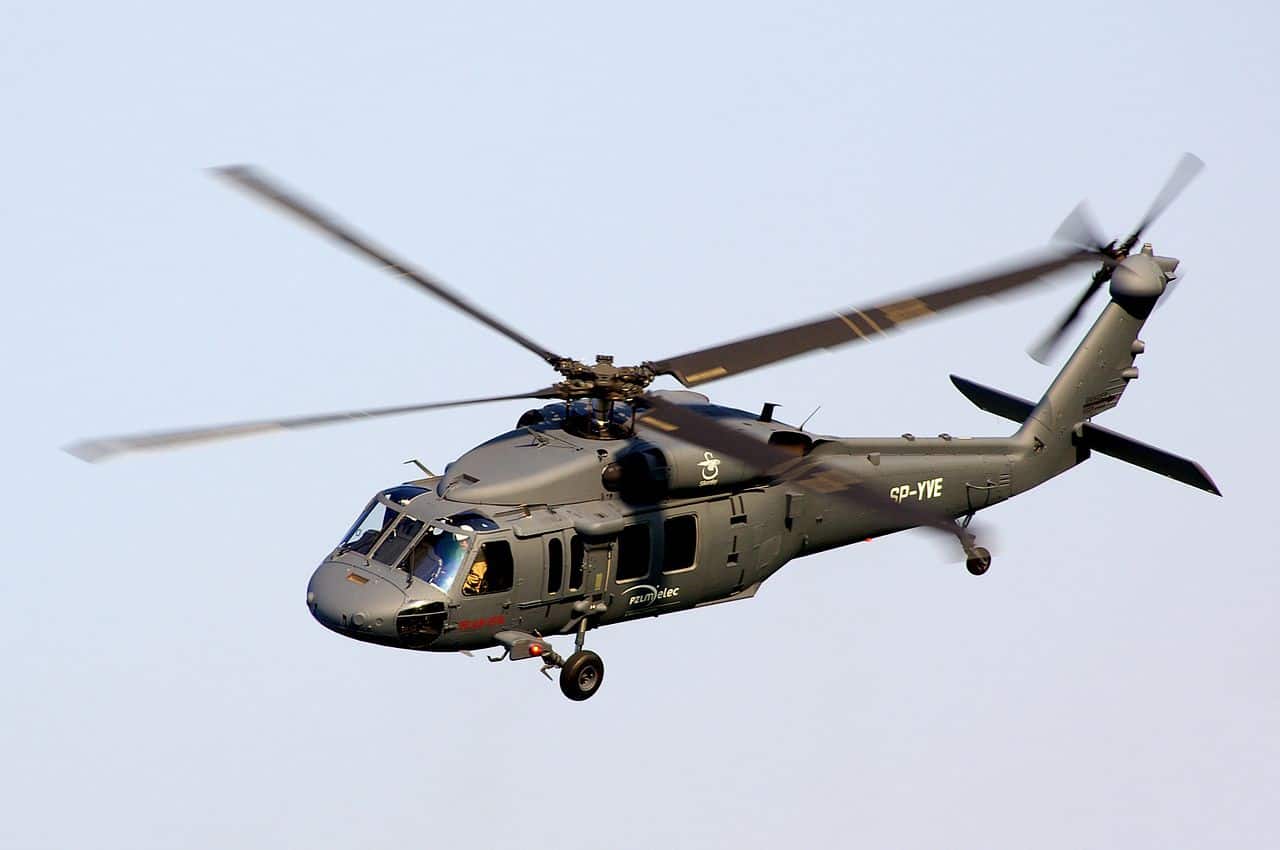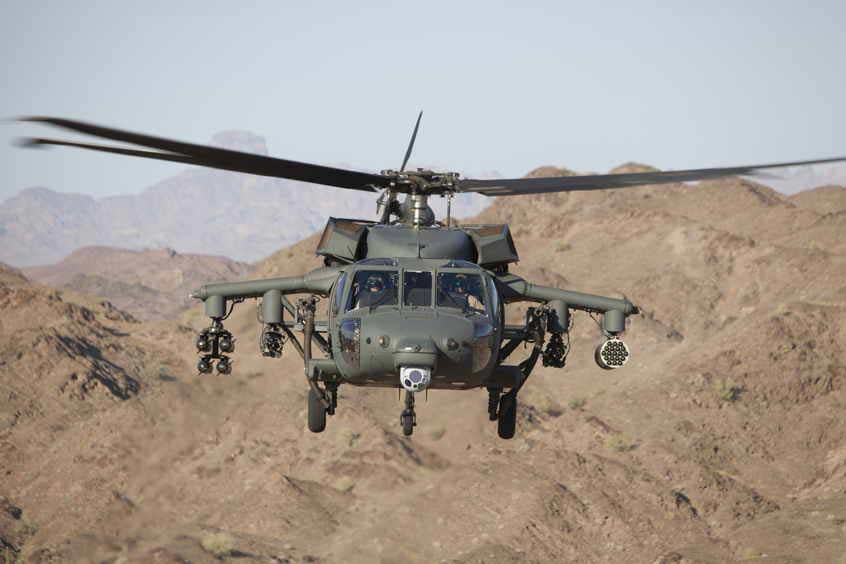High-Performance Multi-Role Rotorcraft Featuring Advanced Cabin Technologies and Integrated Sensor Solutions
The realm of rotorcraft modern technology has seen remarkable improvements in current times, especially in the world of high-performance multi-role rotorcraft geared up with sophisticated cockpit innovations and seamlessly incorporated sensing unit systems. In the complying with conversation, we will check out the advancement of rotorcraft technology, dig right into the realm of sophisticated cabin innovations, and take a look at the effects of incorporated sensing unit systems on the functional flexibility and efficiency of modern rotorcraft.
Advancement of Rotorcraft Innovation
The advancement of rotorcraft modern technology has actually been marked by substantial developments in aerodynamics, products, and propulsion systems, forming the capacities and efficiency of modern-day rotorcraft. In addition, improvements in propulsion systems, including a lot more powerful engines and ingenious propulsion innovations, have made it possible for rotorcraft to attain greater altitudes, faster rates, and higher payloads.
These advancements have not just changed the capabilities of rotorcraft but have actually likewise expanded their applications throughout different industries, consisting of military, business, and emergency situation services. The continual development of rotorcraft technology remains to drive advancement in the field, pressing the boundaries of what is feasible and shaping the future of upright flight.
Advanced Cabin Innovations
Building upon the fundamental developments in the rules of aerodynamics, materials, and propulsion systems, the world of rotorcraft innovation currently moves emphasis towards introducing Advanced Cabin Innovations. The combination of advanced modern technologies within the cockpit setting plays an important duty in boosting the operational capabilities, security, and effectiveness of modern rotorcraft. sikorsky s 70. Advanced Cabin Innovations include a large selection of functions developed to provide pilots with improved situational understanding, streamlined data monitoring, and intuitive control interfaces
Among the key improvements in cabin design is the application of glass cabins, which replace conventional analog assesses with high-resolution displays. These digital systems provide personalized formats, real-time data integration, and enhanced readability, allowing pilots to accessibility crucial info at a look. Progressed avionics systems, such as fly-by-wire controls and augmented reality displays, are transforming how pilots communicate with the aircraft, allowing for accurate control and enhanced decision-making capabilities.


Including sophisticated cabin innovations not only boosts pilot performance but likewise contributes to overall goal efficiency and safety in intricate functional environments. By leveraging state-of-the-art modern technologies within the cockpit, rotorcraft suppliers are establishing new requirements for operational quality and mission success.
Integrated Sensing Unit Systems
With the advancement of rotorcraft technology, the assimilation of innovative Integrated Sensing unit Systems has actually become vital in enhancing functional efficiency and security. These Integrated Sensing unit Systems include a vast range of modern technologies that offer essential data for numerous features such as navigation, monitoring, targeting, and ecological monitoring. By effortlessly incorporating sensors like radars, video cameras, lidar, and infrared systems right into rotorcraft, operators can benefit from enhanced situational recognition, enhanced mission abilities, and look at here minimized pilot work.
One key advantage of Integrated Sensor Equipments is their capacity to gather real-time information and give workable insights to pilots and mission operators. For example, progressed radar systems can find and track targets over long ranges, permitting early danger discovery and reliable response planning. In addition, incorporating infrared and electro-optical video cameras allows rotorcraft to carry out reconnaissance and monitoring objectives with precision and accuracy.
Fundamentally, the integration of cutting-edge sensor technologies into rotorcraft not just boosts functional efficiency however likewise contributes considerably to general mission success and crew security. As rotorcraft remain to progress, the function of Integrated Sensor Systems will unquestionably remain at the forefront of innovation in the aerospace industry.
Functional Adaptability and Effectiveness
Enhancing operational convenience and performance in rotorcraft is a natural progression from the assimilation of sophisticated Integrated Sensor Systems. By leveraging the understandings and information offered by these innovative sensor systems, rotorcraft can enhance their efficiency across numerous objectives and settings.
Operational flexibility incorporates the ability of rotorcraft to adapt to various roles and scenarios effectively. With sophisticated cockpit modern technologies and incorporated sensor systems, rotorcraft can effortlessly change in between tasks such as search and rescue, medical discharge, surveillance, and more. This convenience boosts the rotorcraft's capability to fulfill varied functional requirements without calling for comprehensive reconfiguration.
Performance in rotorcraft operations is crucial for making the most of objective efficiency and resource application. Integrated sensing unit systems play a pivotal role in improving operational effectiveness by offering real-time information on climate conditions, surface mapping, target monitoring, and extra. This information enables pilots to make educated decisions swiftly, enhance trip paths, save gas, and boost overall goal efficiency.
Influence On Modern Air Travel Procedures

Furthermore, the combination of sophisticated sensors promotes boosted mission preparation and execution, enabling rotorcraft to execute a wide variety of tasks with improved accuracy. From search and rescue procedures to aerial firefighting and police objectives, the capacities of contemporary rotorcraft furnished with advanced cabin innovations and integrated sensing unit systems are unequaled.
Furthermore, the influence of these improvements expands beyond operational effectiveness to cost-effectiveness and sustainability. By optimizing trip courses, gas usage, and maintenance routines, high-performance rotorcraft equipped go with innovative cabin modern technologies and sensors add to lowering functional expenses and ecological influence, making them important properties in modern aviation operations.
Verdict
In final thought, the high-performance multi-role rotorcraft with advanced cockpit modern technologies and integrated sensing unit systems represents a significant evolution in aeronautics modern technology. These innovations enhance operational versatility and efficiency, inevitably affecting contemporary air travel procedures in a favorable means. The assimilation of these sophisticated innovations permits enhanced abilities and efficiency in different objective circumstances, showcasing the continued innovation of rotorcraft technology in the aeronautics industry.
The realm of rotorcraft innovation has actually seen remarkable advancements in recent times, particularly in the world of high-performance multi-role rotorcraft furnished with advanced cockpit innovations and perfectly incorporated sensing unit systems. From improved mission versatility to enhanced functional efficiency, the convergence of sophisticated cockpit technologies and integrated sensing unit systems has actually ushered in a new age of opportunities for rotorcraft applications. In the following discussion, we will explore the development of rotorcraft innovation, dig into the realm of advanced cockpit developments, and check out the ramifications of integrated sensor systems on the operational versatility and effectiveness of contemporary rotorcraft.
